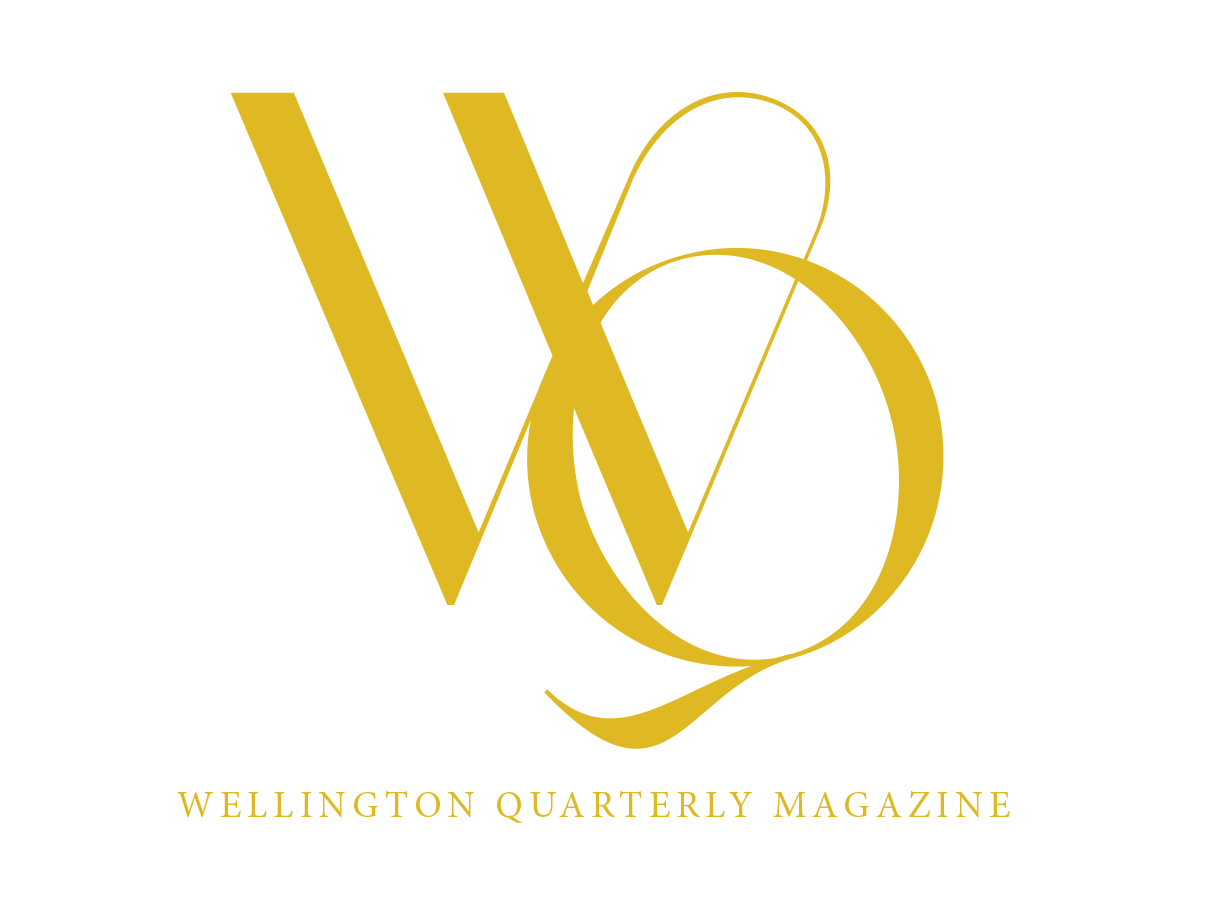Papa Hemingway, Globetrotting Boozer Extraordinaire
Live Beautifully
"I never go jogging—it makes me spill my martini."
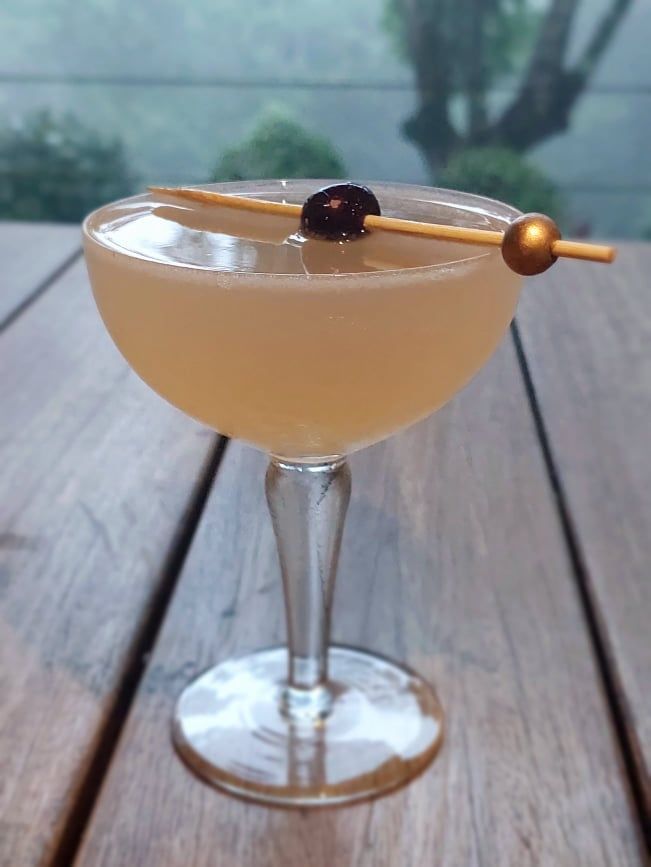
By Aaron Sigmond
TALL TALES AND TALL TIPPLES: It is a truth universally acknowledged that Ernest Hemingway was every bit as well known for his imbibing as for his writing—so much so that in art imitating life moment Papa appeared in a 1952 Ballantine Ale advert that featured his penned prose extolling the virtues of beer brewer’s suds. And like fellow literary lion Ian Fleming of 007 fame, Hemingway often wrote original cocktail recipes into his prose (see Nos. 2 and 5 on our list below).
So renowned for his Lost Generation Parisian moveable-feast meanderings and carousing was he, in fact, that the saloon at Hôtel Ritz Paris—which the author-hunter-fisherman claimed to have “liberated” from the Germans—is named the Hemingway Bar. (The “liberation,” on August 25, 1944—the day the Nazi occupiers surrendered the French capital—is the stuff of legend. As the story goes, Hemingway, backed by a group of Resistance fighters, burst into the hotel and announced he had come to personally liberate it and its bar, which had been requisitioned by the Nazis in June 1940. Upon entering the fabled establishment, Papa was informed by the hotel’s managing director, Claude Auzello, that the Germans had fled well before his arrival. Nonplussed, Hemingway remained and is supposed to have run up a tab for 51 martinis—for him and his men, thank you, and not just himself.)
To get a grasp on the entirety of Hemingway’s drinking habits and related anecdotes, I highly recommend Philip Greene’s
To Have and Have Another: A Hemingway Cocktail Companion. Hemingway “thought globally . . . drank locally,” Green wryly observes. Given the haunts he frequented in his habitual ports of call—El Floridita in Havana, Harry’s Bar in Venice, Sloppy Joe’s in Key West—that makes good sound sense. To make do until you pick up Greene’s book, here are five favored Hemingway inebriants.
(Papa didn’t much partake of cigars; indeed, there’s only known photograph of him lighting up. That helps explain why none of these pair particularly well with a puro—other than his preferred martini preparation. A cigar and a martini, as classic as it gets.)
Hemingway Special Daiquiri (a.k.a. Papa Doble, Hemingway Special) <pictured above>
- 2 oz. white rum
- ½ oz. maraschino liqueur
- ¾ oz. lime juice, freshly squeezed
- ½ oz. grapefruit juice, freshly squeezed
- ½ oz. simple syrup (optional)
- Garnish: lime wheel
Created by Constantino Ribalaigua Vert, the legendary bartender at El Floridita. Hemingway did not opt for the added sugar, but most do as it’s rather tart without.
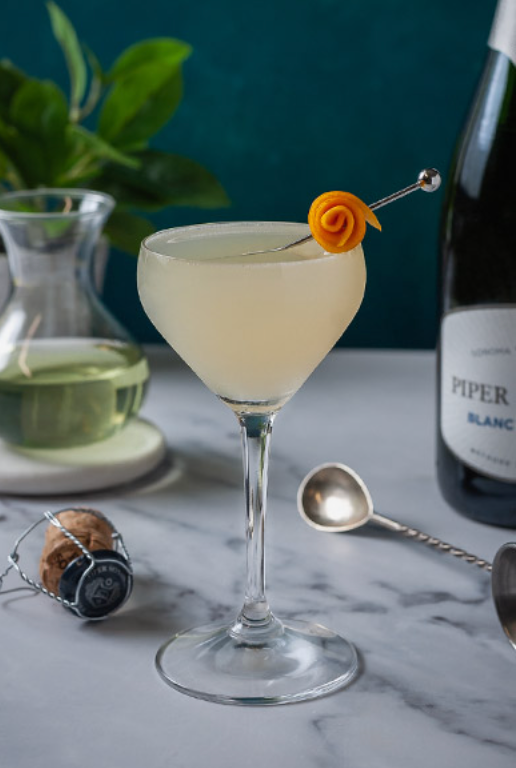
Hemingway Champagne (a.k.a. Death in the Afternoon)
- 1 ½ oz. (1 jigger) absinthe
- 4 ½ oz. chilled Champagne
- ½ oz. simple syrup (optional)
Published in 1932, the nonfiction book
Death in the Afternoon offers in exacting detail the recipe for this now-classic cocktail. It reads: “Pour one jigger absinthe into a Champagne glass. Add iced Champagne until it attains the proper opalescent milkiness. Drink three to five of these slowly.”
Bellini
- 2 oz. white peach puree
- 6 oz. chilled Prosecco
Created in 1948 at Harry’s Bar in Venice (by Giuseppe Cipriani, who had opened his barroom doors 17 years prior), this sweet and viscous concoction was Hemingway’s cocktail of choice when he found himself in the Bride of the Sea. It’s now served at all Cipriani establishments worldwide—and sold by the bottle in gourmet markets.
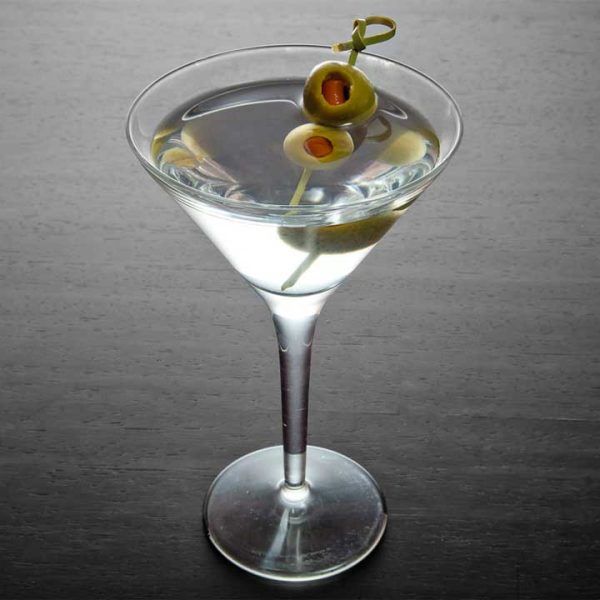
Hemingway Martini
- 1 ¾ oz. London dry gin (Hemingway liked Gordon’s)
- 1 teaspoon dry vermouth
- Cocktail onion, frozen
- Served in frozen martini glass or coupe
Everyone likes his martini prepared just
so. While it is said Hemingway liked vermouth, he didn’t care for it in his martinis. You can, therefore, call his signature recipe “extra-dry,” with just a teaspoon—barely enough for a rinse—of the botanical-infused fortified wine. (Someone (I can’t remember who) said he liked his martinis so dry that he would put his mouth down right over the glass and whisper the word “vermouth” during its preparation.)
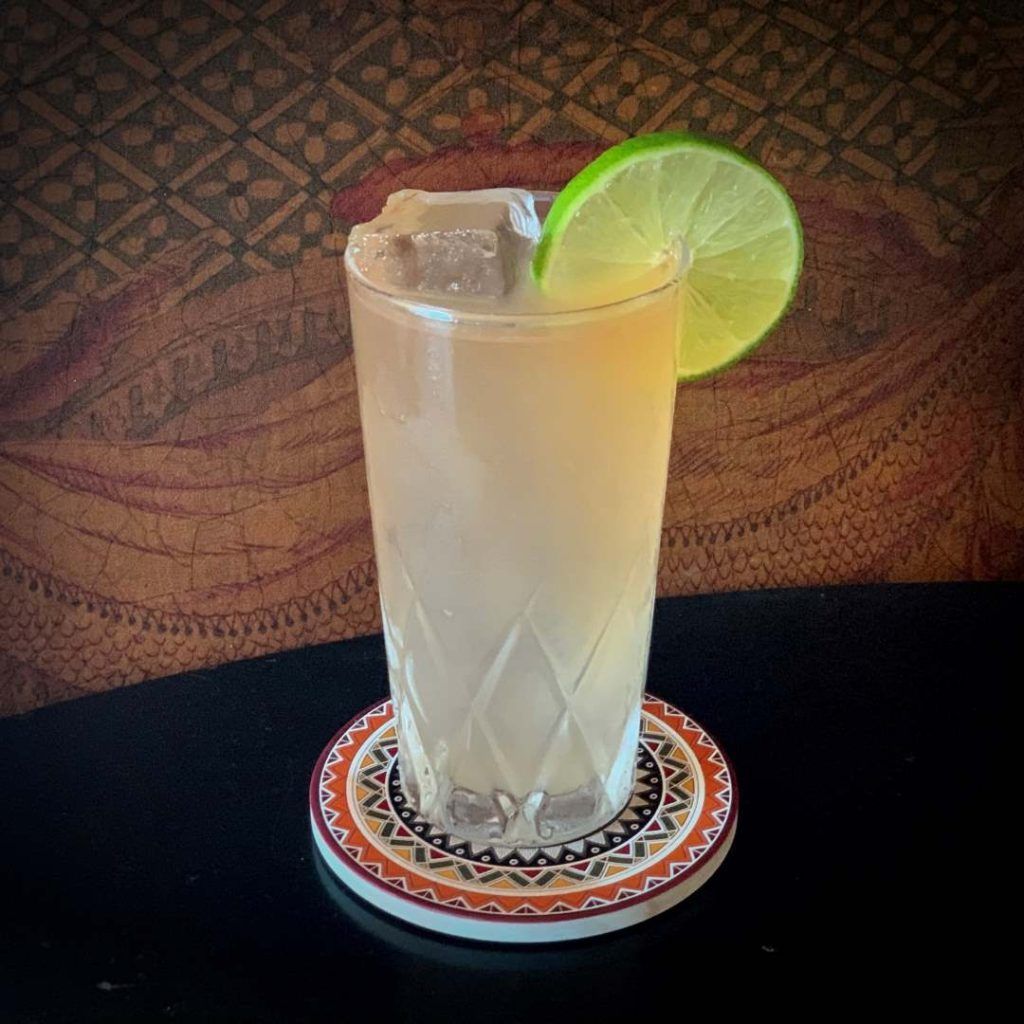
Green Isaac’s Special
- 2 oz. London dry gin
- 4 oz. unsweetened coconut water (not milk)
- 1 oz. lime juice, freshly squeezed
- 2 to 4 dashes Angostura bitters
The Green Isaac’s Special first appears in Hemingway’s first posthumously published novel,
Islands in the Stream (1970). He wrote: “Where Thomas Hudson lay on the mattress his head was in the shade cast by the platform at the forward end of the flying bridge where the controls were and when Eddy came aft with the tall cold drink made of gin, lime juice, green coconut water and chipped ice with just enough Angostura bitters to give it a rusty, rose color, he held the drink in the shadow so the ice would not melt while he looked out over the sea.”

